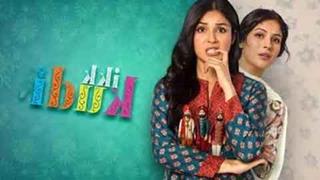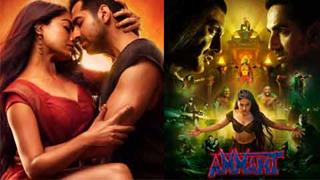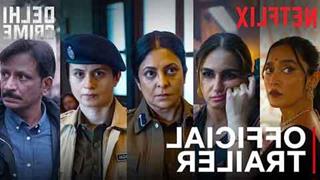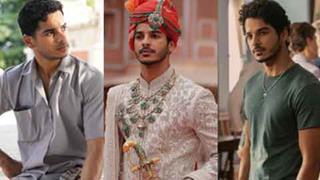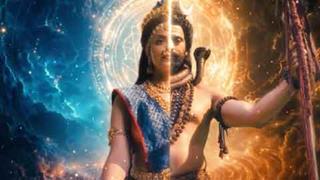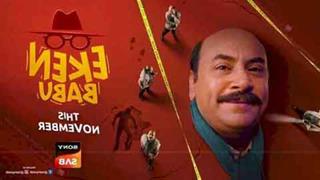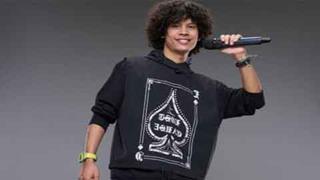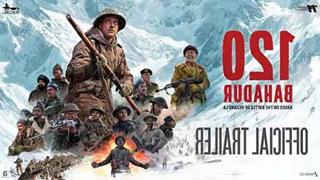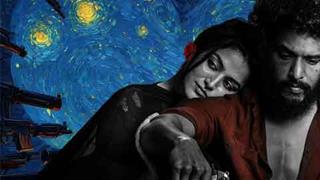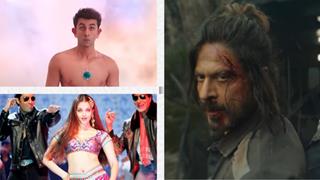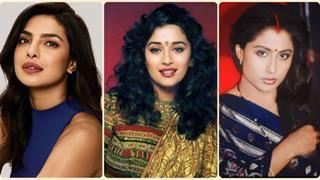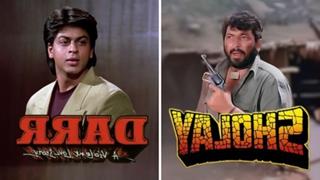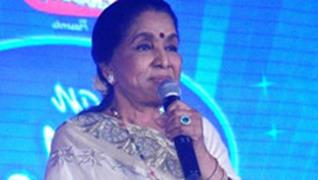Be it Madhubala's Anarkali look in "Mughal-e-Azam" or Kareena Kapoor's T-shirt-salwar combo in "Jab We Met", Bollywood has inspired
trends down the ages. But that influence seems to be waning due to a variety of reasons, including greater exposure to the West and the
move towards more realistic cinema, say designers.
There is also the constant fear of criticism, which has restricted filmmakers from attempting to set fashion trends.
According to veteran designer Ritu Kumar, people were earlier not so exposed to fashion. So every new and unique garment seen on the
big screen set a trend. This is no longer the case.
"Initially, costumes, which were off everyday wear for the normal population, did cause a stir and led to fashion influences as the market
was starved of such designer wear. But this has largely changed," Kumar, who is yet to design for a Bollywood film, told.
Kumar, who has designed the costumes for Deepa Mehta's "Midnight's Children", hopes the scenario improves.
"The industry still seems to design for individuals. When more holistic designing for a complete film is taken up, the fashion scene in India
will mature further."
In the past, Bollywood has given memorable styles to masses. Remember the 1960 period drama "Mughal-e-Azam" when Madhubala as
Anarkali sported long flowing kurtas and churidars. Almost five decades later, the eponymous Anarkali kameez is the current rage with
everybody, from homemakers to hip Bollywood actresses, wearing it.
In 1994, Madhuri Dixit left a mark with her green embroidered choli paired with a white lehnga and a purple embroidered sari in "Hum
Aapke Hain Koun...!". Women lapped up the styles at family weddings. There are so many similar instances.
There were Rani
Mukerji's "Bunty Aur Babli" suits and then the sari, of course, redefined over and over again with movies like "Chandni", "Main Hoon Naa"
and "Dostana".
But new trends are now few and far between.
"The main reason for this is that a lot of stylists of celebrities or films are playing safe with ongoing trends in fashion. They are primarily
using outfits which are in fashion, avoiding the risk of fashion faux pas. Thus they are unable to create a new trend," designer Pria Kataaria
Puri told.
"Earlier, film costumes were not designed according to what everyone was wearing or according to international trends but were rather
filmy or outlandish, rule breaking; and if they worked well, it became a new trend. To create a style, one has to create costumes that are
unusual," she added.
Costume designer Payal Saluja, who has worked on Vishal Bhardwaj's "Maqbool", "Ishqiya", "Saat Khoon Maaf" and now "Matru Ki Bijlee
Ka Mandola", says the move towards realistic filmmaking in Bollywood has changed the scene.
"Stories are becoming real and connectable for the audience these days. So, the clothes also need to be in tandem. Clothes should never
be stronger than the character because then the viewer will only remember the clothes. So it is first important to think of blending
costumes into the narrative rather than create fashion trends," Saluja told IANS.
According to designer duo Meera and Muzaffar Ali, one of the leading names in the world of fashion, "costumes (today) are left to stars'
whims and their sycophant designers and colours that suit a cameraman".
"Anything and everything in Bollywood can set a trend amidst mindless people who know no better. What concerns me is the style of the
film," said Muzaffar Ali, director of the classic "Umrao Jaan".
His wife Meera added: "There were some yesteryear stars who had a body language which made what they wore extremely attractive.
They somehow caught the fancy of the audience by getting the colour and mood right, particularly in romantic outdoors... Shammi
Kapoor, Dharmendra and at times Dilip Kumar and Dev Anand, but the rest of the film had no look whatsoever. Similarly, women had a
story on their face and they knew how to tell it more effectively through their performance."
Bollywood influence on fashion trends waning?
Friday, November 23, 2012 12:27 IST



